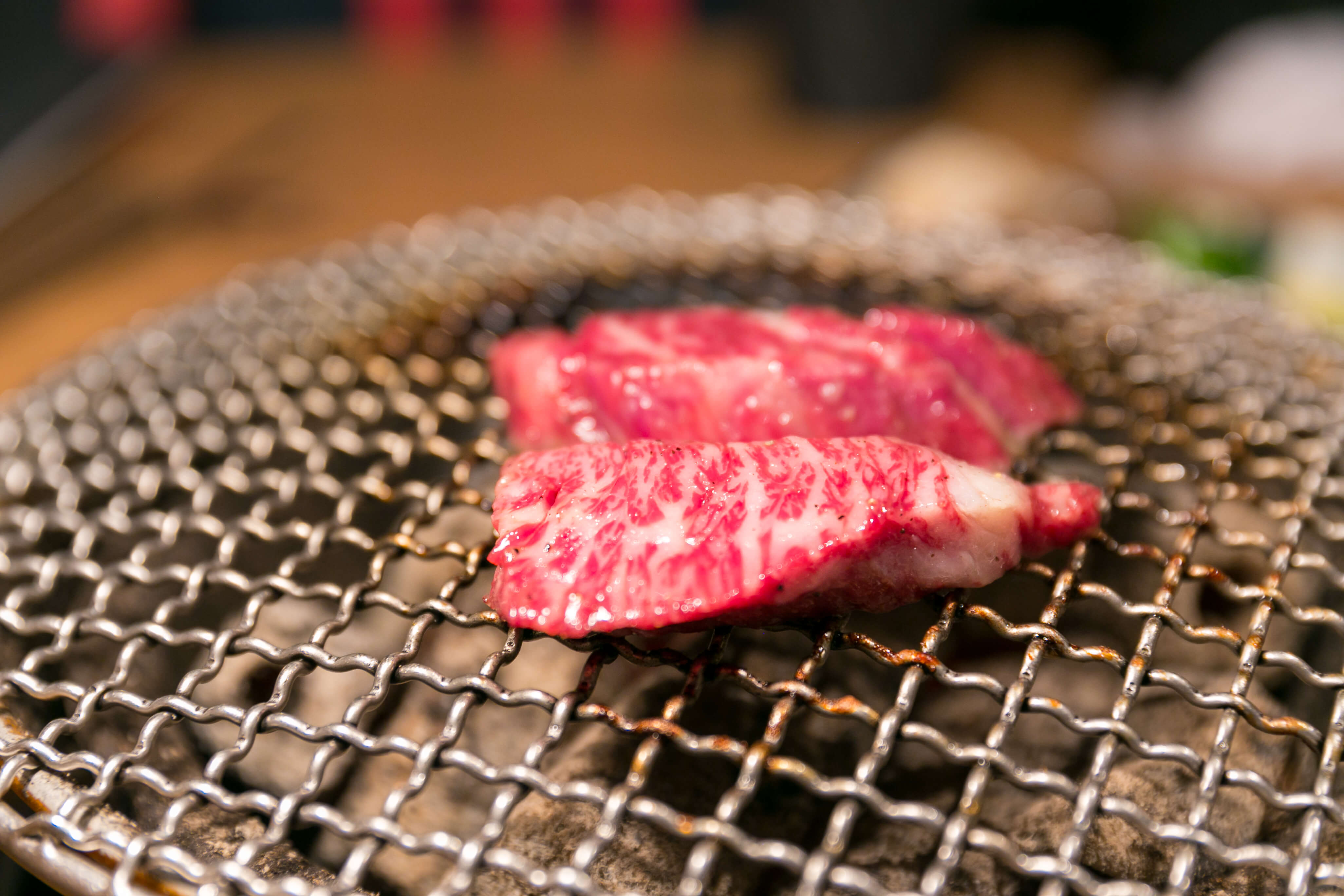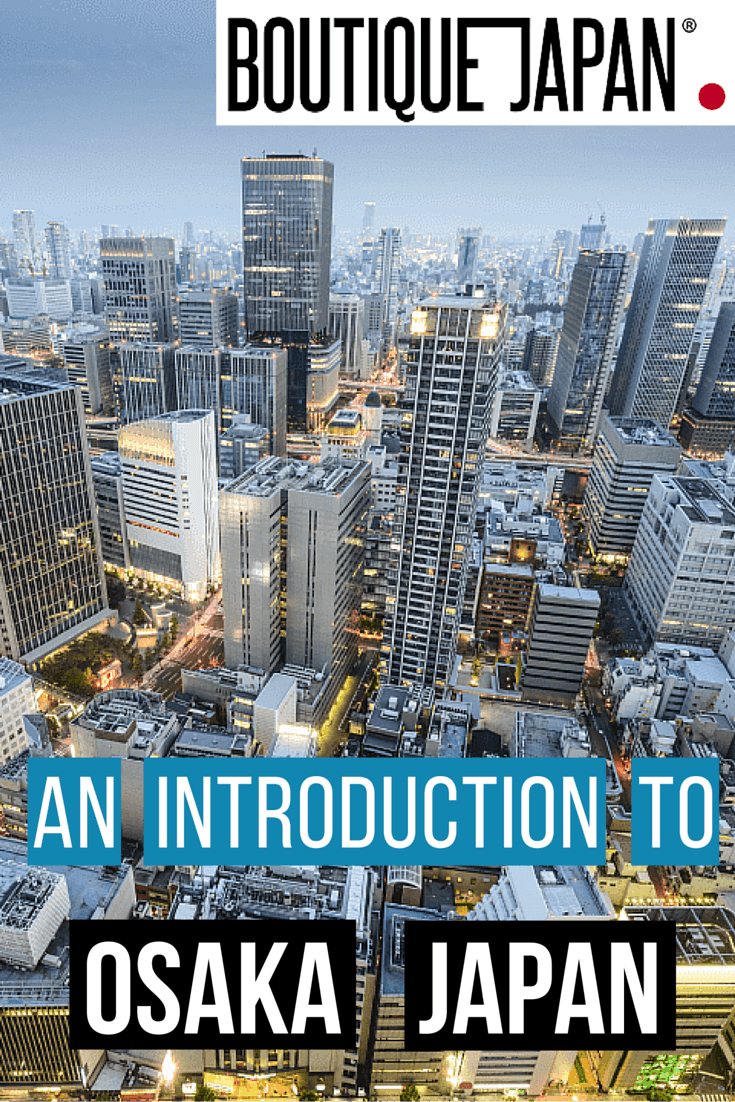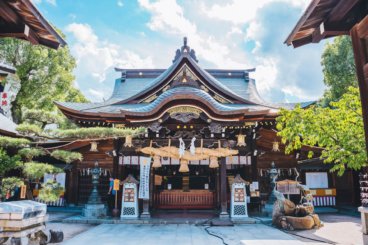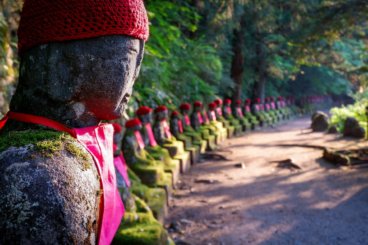Located just a half-hour from Kyoto, Osaka’s exuberant energy is a striking contrast to the traditional culture of the ancient capital, and the two neighbors could not be more different from one another.
Despite its proximity to Kyoto, one of Japan’s most essential destinations, Osaka is often overlooked by first-time visitors to Japan. Yet it is a perennial favorite among repeat visitors and Japan connoisseurs, not to mention lovers of Japanese food.
Osaka is best known for its amazing casual food and outgoing locals. It’s arguably Japan’s street food capital, and among food lovers is famous for snacks including takoyaki and okonomiyaki. Osaka is also renowned for its lively, extroverted locals who make eating and drinking in Osaka an unforgettable experience.
Originally written in 2015, this post was updated and republished on September 28, 2020.

When to Visit Osaka
Osaka is a year-round destination. Like most of Japan, the weather varies dramatically depending on the time of year.
Summers are very hot and humid, though can also be quite lively and fascinating, especially if you time your visit with a local matsuri (festival). Generally speaking, temperatures tend to be most comfortable and pleasant in the spring and fall. As with elsewhere in Japan, winter can get quite cold (though Osaka is usually a little less biting than nearby Kyoto).
For more on Japan’s seasons and weather, see When Is The Best Time To Visit Japan?
Getting to Osaka
Getting to Osaka is quite easy.
By air, Osaka is served by two airports: Kansai International Airport (KIX) and Osaka International Airport (ITM). Osaka is very well connected with numerous international flights from around the world, as well as domestic flights from throughout Japan.
From cities such as Tokyo, Hiroshima, Fukuoka, and Nagoya, the easiest way to get to Osaka is typically by shinkansen (bullet train) to Shin-Osaka Station.
If you’re traveling to Osaka from Kyoto, just 27 miles (43 km) away, various railway lines (see below) connect the two cities. In some cases, a private transfer by road may be best, however most of the time going by train is actually faster and easier.
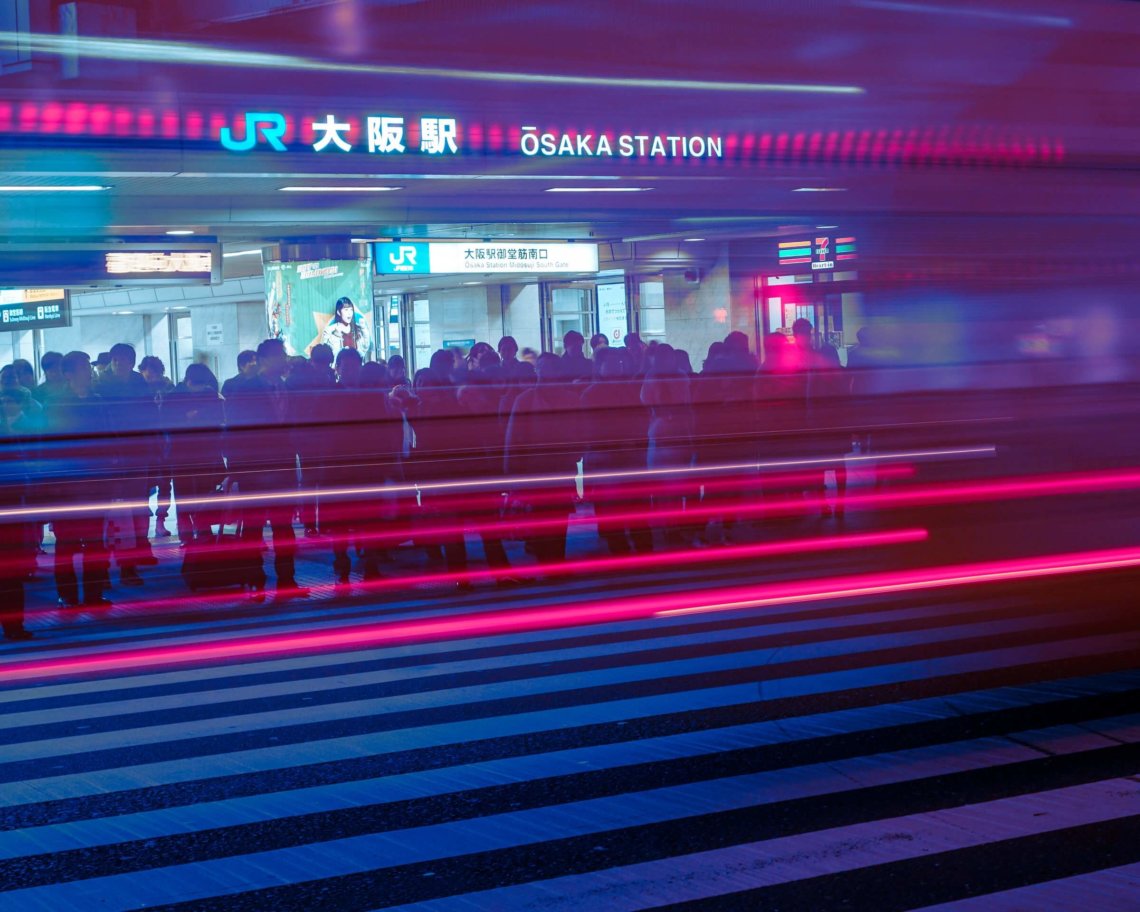
Getting from Kyoto to Osaka by Rail
There are several railway companies and routes offering service between Kyoto and Osaka.
Here is a simple overview of the best ways to get from city to city, though there is no single “best” option as it will depend in part on where in Kyoto you’re departing from, and where in Osaka you’d like to go (both are large cities).
If you have Wi-Fi, you can also check Google Maps, Hyperdia, and Jorudan for real-time transit suggestions depending on your departure and arrival stations.
- Japan Railways (JR) Special Rapid from Kyoto Station to Osaka Station (approx. 30 minutes). With relatively frequent departures, for many travelers this commuter train is the simplest option.
- Hankyu Railways from Kyoto’s Kawaramachi Station to Osaka’s Umeda Station (approx. 40 minutes).
- Keihan Railways from Kyoto’s Gion-Shijo Station to Osaka’s Yodoyabashi Station (approx. 55 minutes). One fun aspect of this route is the option to upgrade to the Premium Car, which offers reserved seating and a more luxurious atmosphere. The tickets must be purchased at the station before boarding.
- Japan Railways (JR) Shinkansen from Kyoto Station to Shin-Osaka Station (approx. 15 minutes). Despite its speed (and the option of reserved seats), the bullet train is not always best, partly due to the mildly inconvenient departure and arrival locations in Kyoto.
Read more about traveling from Kyoto to Osaka by rail, and train travel in Japan.
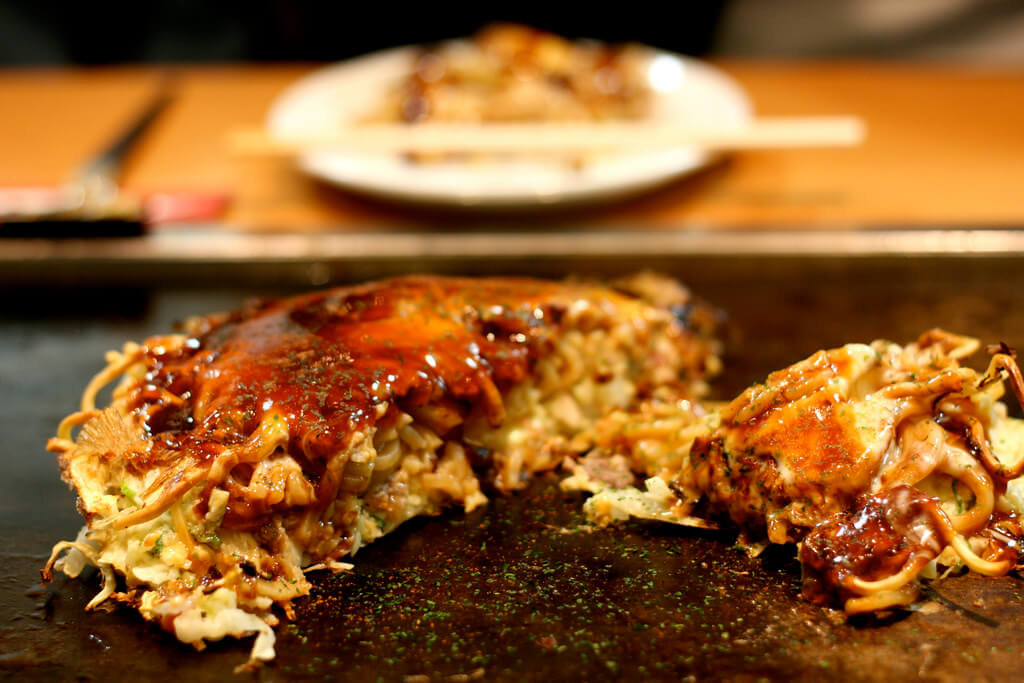
What to Do in Osaka
Osaka is less about sights, and more about people and food.
The delicious and unpretentious cuisine is what draws many culinary travelers to Osaka. The people of Osaka are famous for their obsession with eating and drinking, which has given rise to the infamous local expression, kuidaore (“to eat oneself to ruin”).
Osaka has an eclectic culinary universe, with specialties ranging from casual favorites such as street side takoyaki (fried bite-sized balls filled with octopus and other goodies) and okonomiyaki, to elegant establishments and Michelin-starred restaurants.
See our full article on foods to eat in Osaka.
Along with its great food and energetic nightlife, Osaka is also home to some of Japan’s most fun-loving people. It’s no surprise that many of Japan’s most famous comedians are from Osaka, and the local baseball fans (of the Hanshin Tigers team) are among the most rabid and boisterous in the country.
One of the best ways to enjoy an immersive Osaka experience is by taking a private tour with a local culinary expert. As you might expect, it’s best to go off the beaten path in the city and venture to small establishments where tourists don’t typically go.
While Osaka is home to some of Japan’s top high-end restaurants, part of the fun here is eating and drinking alongside locals at charming hole-in-the-wall izakayas, tachinomi (standing bars), and hidden cocktail bars.
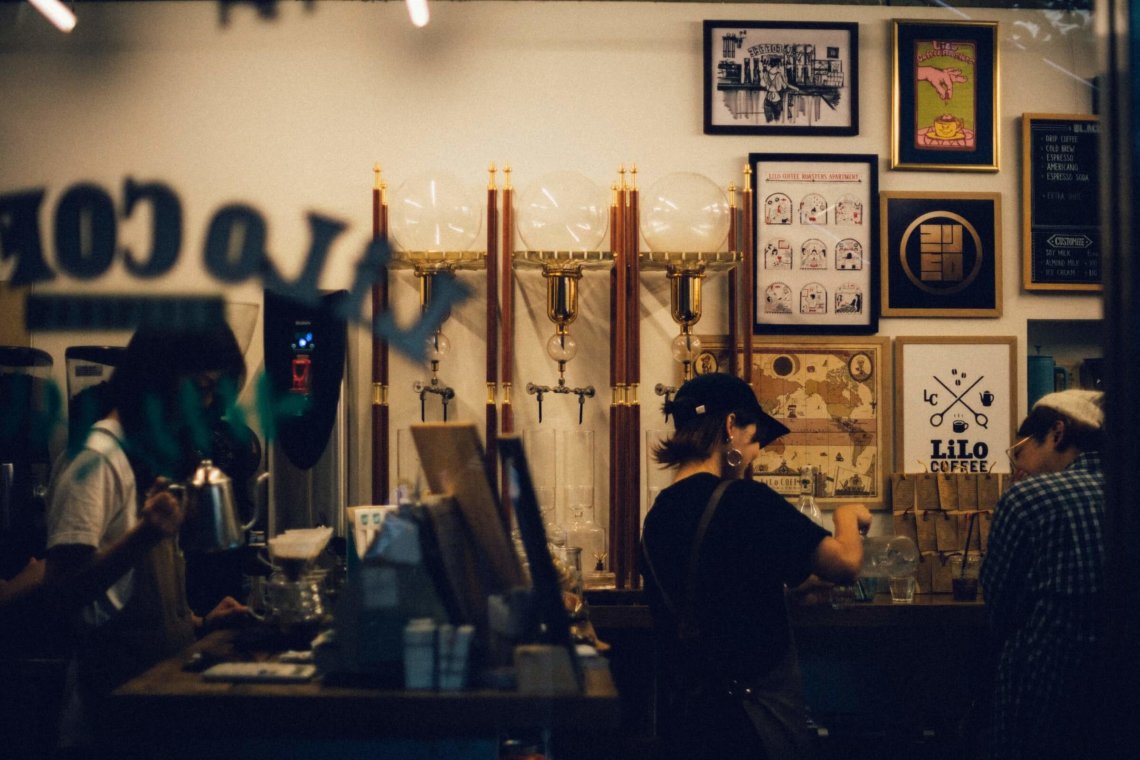
As for other things to do and places to visit in Osaka, here are a few of our favorites:
- Stroll through the trendy Horie district, full of unique shops and stylish cafes. Then venture into colorful Amerika-mura (Osaka’s answer to Harajuku) and the neighboring Shinsaibashi district, which is home to both a lively shotengai shopping alley, and major brand shops and department stores.
- Eat and drink to your heart’s delight in Tenma and Fukushima, two excellent districts for wandering around to sample food and sake at countless casual restaurants, food stalls, and drinking spots.
- While some travelers are keen to see the neon-filled Dotonbori (Japan’s best-known eating street), for a less touristy experience venture into the surrounding Namba area’s side streets, where you’ll find cheap and cheerful local shops and stalls serving everything from takoyaki and okonomiyaki, to ramen, yakitori, and more.
- Enjoy the inimitable atmosphere and mouthwatering cuisine of Tsuruhashi, Osaka’s most prominent Korean district.
- Eat kushi-katsu and drink among locals and tourists alike in the retro and charmingly seedy Shinsekai.
- Great for family travelers and lovers of marine life, Osaka Aquarium Kaiyukan is considered one of the world’s best aquariums.
- Despite being a reconstruction (and thus not very compelling on the inside), Osaka Castle is beautiful on the outside, and the surrounding park is the perfect place to relax.
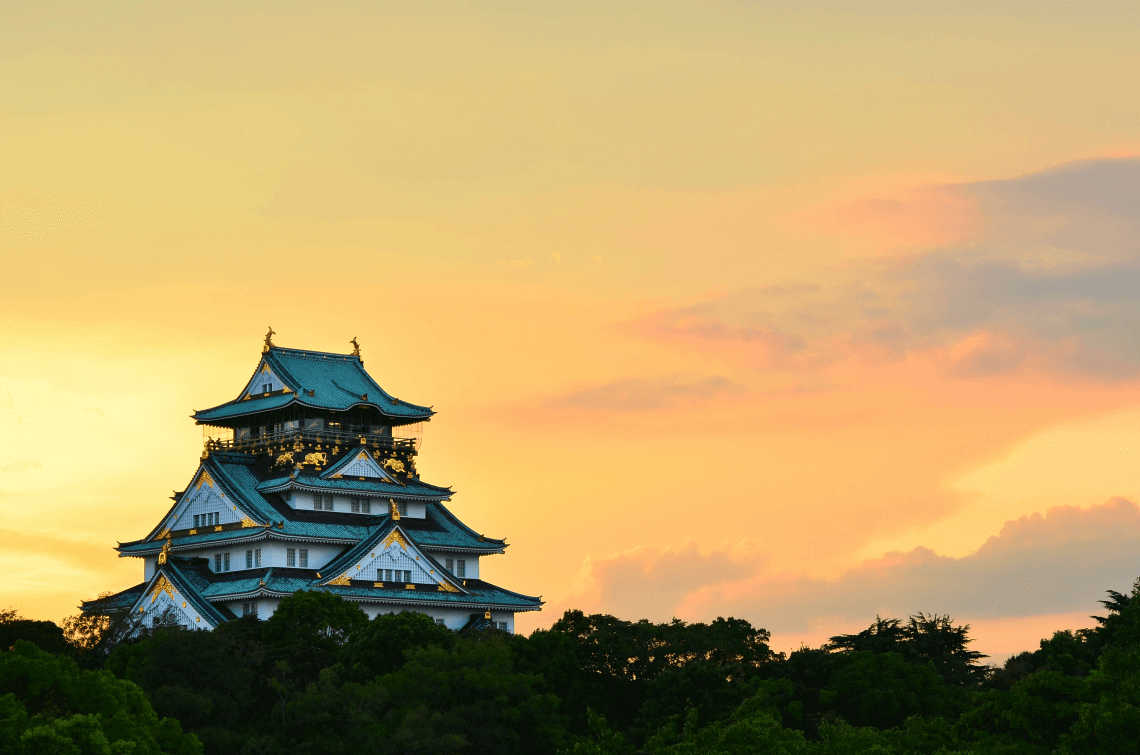
Where to Stay in Osaka
The city has some excellent accommodations, though not quite as much selection as Tokyo and Kyoto in terms of interesting boutique and luxury hotels. Here are some of the best hotels in Osaka:
- The St. Regis Osaka: The St. Regis offers an ideal combination of casual luxury and convenience. The hotel’s location gives you easy access to all of the city, including the countless restaurants and bars of Namba, the boulevards and backstreets of Shinasaibashi, trendy Horie, and more.
- Conrad Osaka: One of the city’s newest luxury hotels, the Conrad Osaka has a central location on the urban island of Nakanoshima, and offers amazing views of both the city’s impressive skyline and the water.
- Osaka Marriott Miyako Hotel: At the Osaka Marriott Miyako it’s all about the views. While its location in the Tennoji area is a bit too out of the way for most travelers, its sweeping city views partly make up for this.
- Swissotel Nankai: A reliable and convenient mid-range hotel located in the heart of the city atop Nankai Namba Station (offering easy access to all of Osaka, not to mention the Buddhist mountaintop of Mount Koya).
Other Osaka hotels worth mentioning include the high-end InterContinental Osaka and The Ritz-Carlton, Osaka, and the budget-friendly Hotel The Flag Shinsaibashi.

Bonus Interview: Sam Crofts of Cycle Osaka
For some bonus perspective, we invited our friend Sam Crofts — an Osaka resident and travel-industry entrepreneur — to tell us more about what makes his adopted home such a special place.
Together with his wife, an Osaka native, Sam has started several companies designed to give travelers immersive experiences, including their first tour company, Cycle Osaka.
What are some specific things that you love most about Osaka?
First is the diversity. The biggest Koreatown in the country is here; the tallest building in the country is here; the oldest temple in the country is here. There’s just so much in such a concentrated area.
Second is how real it is. What I mean is, say you go to Shitenno-ji Temple, you’ve got real monks and priests walking around. In so many parts of Japan the famous temples are swamped by tourists and school groups. I love that most parts of Osaka are non-touristy places where real locals hang out, and you really feel it when you’ve been here for even a short time.
Not including your tours, what would be the perfect day in Osaka?
For a perfect day in Osaka I’d try to get a bit of everything in, so I’d start at the Sumiyoshi Shrine in the south of the city. It’s connected by one of the few remaining trams in Japan, because in the 1920s all the trams disappeared and the subway emerged, but there’s one tram left in Osaka that connects this shrine to an area called Tennoji.
I’d go to Tennoji for lunch and eat some kushikatsu, which is deep-fried pork and vegetables on a stick, and I’d stop in at Tower Knives, which is a knife exporter, and I’d play with some of the hand-forged knives.
From there, I’d probably go up to Osaka-jo because you can’t not go to Osaka Castle, and I’d go for a run or a bike ride. And from there, probably head to Umeda for sushi.
I’d end the day down in Namba. It’s a very concentrated area of neon bars and restaurants that rivals anywhere in Tokyo, in my opinion, and there are lots of colorful characters. Finally, depending on your budget, retire to The St. Regis or wherever you’re staying.
Imagine it’s your last day in Osaka. You have time for one last meal. Where do you go?
That is literally an impossible question.
All right, I’m going to say – for the atmosphere – near my neighborhood, an area called Fukushima, there’s a yakiniku restaurant underneath the train tracks. I think I’d have to go there. It’s really old. There are no posh tables, everyone sits on beer crates turned upside-down, and the atmosphere’s electric. It’s smoky – it smells really strongly of cigarette smoke and beer and cooking beef – and I think I’d like that to be my lasting memory of Osaka.
Perfect. So changing gears, what are your favorite times of year to be here?
The fall and the spring are just ridiculously beautiful. Osaka has this reputation, in Japan, as this completely industrial working-class kind of city, but that couldn’t be further from the truth.
In spring, in Sakuranomiya, the river bends round and it’s covered with cherry blossoms. And the same in autumn: you’ll find parks with beautiful foliage and also perfect weather for cycling or walking around.

Aside from famous touristy spots like Universal Studios, the Kaiyukan Aquarium, or even Osaka Castle, do you have any tips for families with kids?
Yes, actually there’s a place called Kids Plaza Osaka. It’s just this Aladdin’s cave of crazy activities for kids, with ball pools and things to climb and jump off and have a wildly fun time and get tired, while your parents sit there and watch. I think that’s the place to go.
So tell us about your company, Cycle Osaka, for somebody who doesn’t know anything about it.
Cycle Osaka is our way of bringing together the two things that we love the most: the city of Osaka and biking.
Basically, it’s a flat town with a lot to see and do, but we felt that — in contrast to say Kyoto or Tokyo — there’s not really that infrastructure for English-speaking tourists.
One of the realities of travel in Japan is that many people visit on the way to somewhere else. For instance, people are going from Tokyo to Hiroshima, and they’ll stop in Osaka for maybe one night.
And I’m really worried that people are going to come here and miss out on all this amazing stuff, just underneath the surface, because they don’t have the access and the city doesn’t really promote its hidden gems to tourists, especially English-speaking tourists.
So we put it all together and made Cycle Osaka, and now every day we go out and bike with four or five people, and check out some little neighborhoods that no one’s heard of, and then we check out the big sites, and we just have a really good day and eat some good food.
Perfect.
It’s really quite simple.
Thanks so much for your time, Sam!
You can learn more about Sam’s outings at Cycle Osaka.
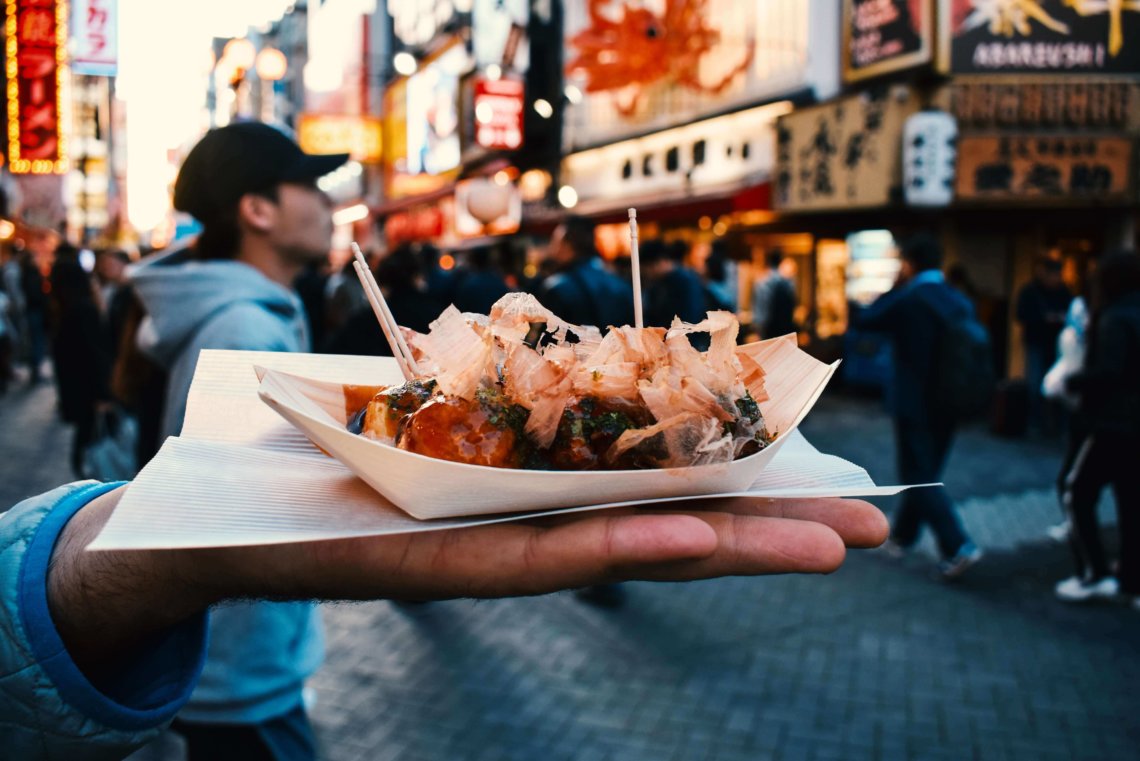
We hope this article has given you a better understanding of why we love Osaka, and why it’s worth considering as part of your Japan trip!
